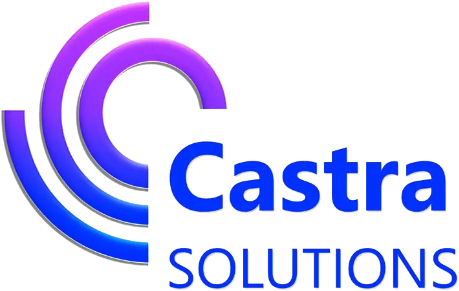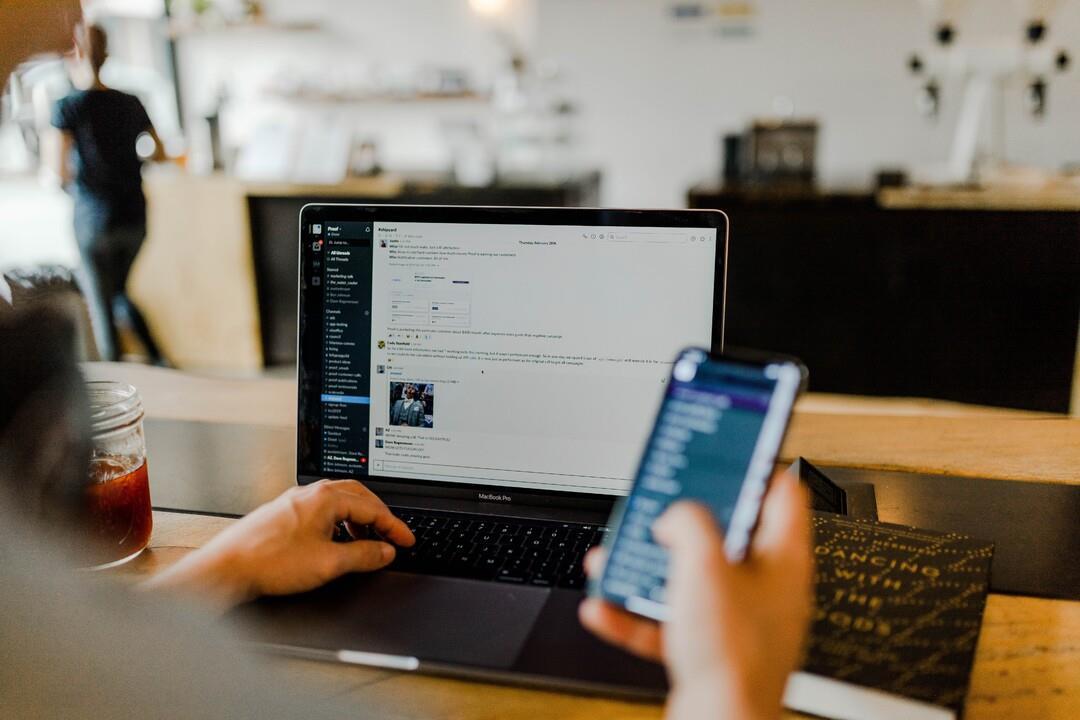Captive Portals.
When staying at a hotel for work, leisure or out of necessity, having a fast and secure internet connection is essential. Those in hospitality recognize this as the number one driver in positive guest satisfaction scores, and being able to authenticate quickly without needing help from the front desk is key. The same can be said for any other public space that offers WiFi. This is why I am surprised that so many places insist on using captive portals and most of our competitors push the use of captive portals as they can make more money.
People will say that having a captive portal adds security but does it really?
Let’s start by exploring what a captive portal is. A captive portal, often referred to as a WiFi captive portal, is an aspect of network access control, requiring user interaction before granting broader connectivity.
A captive portal is essentially a web page encountered by users connecting to a WiFi or Internet network. Before accessing broader network resources, users are directed to this portal or web page through their web browser. It serves as a checkpoint, necessitating user actions such as login, acceptance of terms, or acknowledgment of essential information. The user is usually required to share an amount of personal data such as an email address, phone number and their address.
It is often said that the importance of a captive portal lies in its role in network security and resource management. However, we believe that they can actually be more of a security risk for a user as they will have to part with personal data and they still don’t know if the WiFi they are joining is genuine and safe. They also have to assume that their personal data will be stored correctly.
A captive portal has a significant impact on user experience and customer satisfaction. The interruption caused by the portal can disrupt the anticipated flow of connectivity, influencing overall user perception.
Captive portals come in diverse forms, incorporating various authorization protocols and customizations to align with organizational needs. However, this diversity can pose challenges. If a captive portal is too complex or intrusive, it can lead to negative user experiences and diminished satisfaction.
Captive portals are usually used for the venue to collect your personal data for marketing purposes. For venues where customers are mainly unknown like a café, restaurant etc then I can understand why they might want to collect the data. Hotels on the other hand usually already have your data as you will have made a booking. A surprising number of venues collect data that they don’t even use.
For those contemplating the implementation of a captive portal, the question arises, “Do I need a captive portal?” The answer depends on network security requirements and the balance between obtaining user consent or information and maintaining a positive user experience. We also ask do you need the data? In a hotel for example, we believe that you should consider the use of a captive portal only for visitors and not guests. For example, people visiting conferences, weddings, the restaurant etc. Why collect it from guests whose data you already have when it will impact their experience and satisfaction?
In summary, understanding what a captive portal is, its role in network access, the need for the data collected and addressing the question of whether one needs are crucial considerations. As businesses navigate the realm of network security and user satisfaction, a well-designed captive portal that integrates seamlessly into the user journey and only captures data where required is essential. It ensures a positive transition for users from the digital gateway to broader internet access, fostering satisfaction and positive experiences.
Most WiFi platforms have a basic form of captive portal built in nowadays but you can also get third party cloud based captive portal solutions. Where customer really want to use one we usually recommend Global reach combined with a gateway from Nomadix.
To find out more about how we can help you please contact a member of our team.











